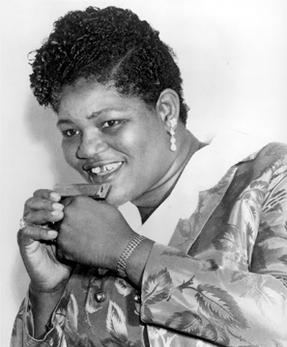During Black History Month, Fair360, formerly DiversityInc is honoring a series of Black innovators and history makers who are often overlooked in mainstream media coverage and history books, such as Willie Mae ‘Big Mama’ Thornton. Check back throughout February to learn about more important figures.

Born: Dec. 11, 1926, Montgomery or Ariton, Ala.
Died: July 25, 1984, Los Angeles, Calif.
Known best for: Her 1952 recording of “Hound Dog,” a song Elvis Presley later covered, and her original song, “Ball and Chain,” which Janis Joplin performed. Her compositions include more than 20 blues songs and she was posthumously inducted into the Blues Foundation Hall of Fame.
Willie Mae Thornton was born in 1926 to minister Thomas H. Thornton and singer Edna M. Richardson Thornton. Some historical sources cite the rural outskirts of Montgomery, Ala. as Thornton’s birthplace, while others say she was born in an unincorporated community called Ariton in Dale County, Ala.


















